Exploring global cultures can be fascinating, but many misconceptions persist. In “Debunking Myths About Global Cultures,” we’ll unravel common misunderstandings and reveal the truths behind them. This journey will help foster a deeper appreciation and more accurate understanding of diverse cultures around the world. Let’s separate fact from fiction and celebrate the richness of global diversity.
Myth: All Arabs are Muslim

Reality: While Islam is the dominant religion in many Arab countries, not all Arabs are Muslim. Arab Christians, for example, form significant communities in countries like Lebanon, Egypt, and Syria. There are also Arab Jews and Arab Druze. The Arab world is religiously diverse, reflecting centuries of cultural and religious interactions.
Myth: Africa is a Country

Reality: Africa is a continent made up of 54 diverse countries, each with its own unique cultures, languages, and histories. From the pyramids of Egypt to the savannas of Kenya, and the cities of South Africa, Africa’s diversity is vast. The misconception oversimplifies the complexity and richness of this large and varied continent.
Myth: All Asians are the Same
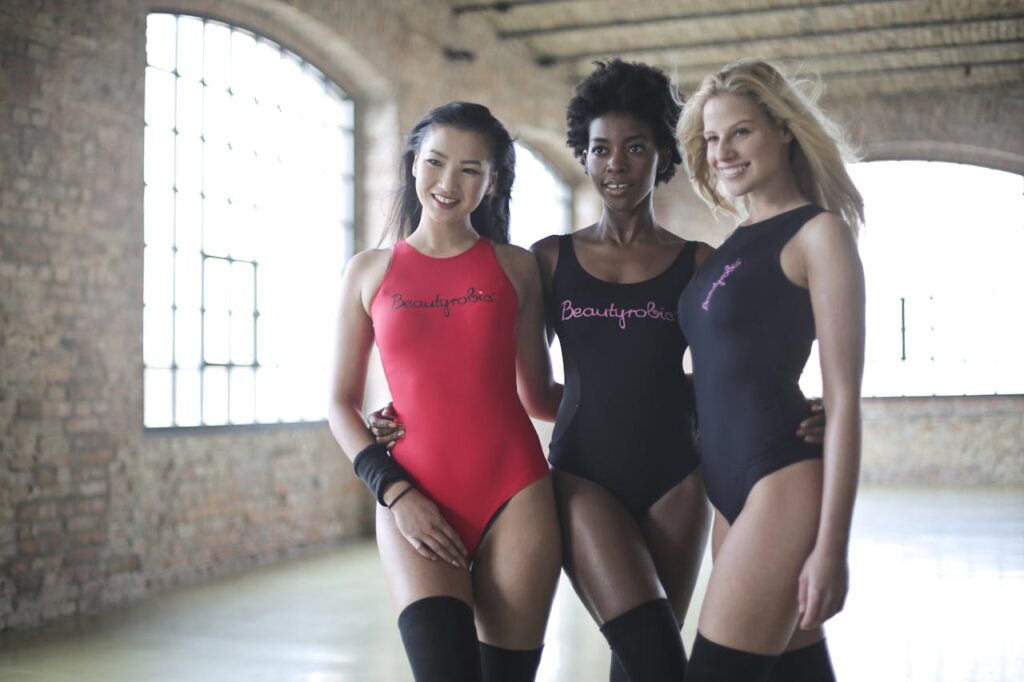
Reality: Asia is the largest and most populous continent, home to over 4.5 billion people. It encompasses a wide range of cultures, languages, and ethnic groups, from East Asia (China, Japan, Korea) to South Asia (India, Pakistan, Bangladesh) and Southeast Asia (Thailand, Vietnam, Indonesia). Each region has its own distinct traditions, cuisines, and histories.
Myth: Latin America is All Spanish-Speaking
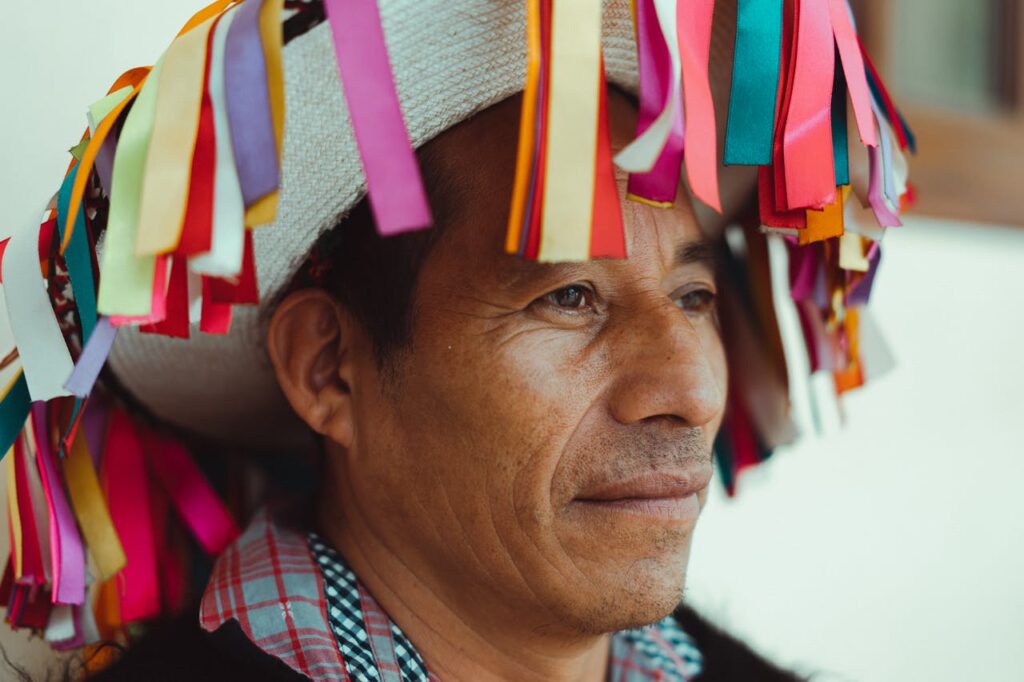
Reality: While Spanish is the predominant language in many Latin American countries, the region is linguistically diverse. Brazil’s primary language is Portuguese, while numerous indigenous languages are spoken throughout the continent, such as Quechua in Peru and Bolivia, and Guarani in Paraguay. Latin America’s cultural and linguistic landscape is richly varied.
Myth: All Australians are Crocodile Hunters

Reality: This stereotype, popularized by media, overlooks the fact that most Australians live in urban areas and lead lifestyles similar to those in other Western countries. Australia’s culture is a blend of Indigenous traditions and diverse immigrant influences, with vibrant arts, cuisine, and modern technology playing major roles in daily life.
Myth: Europeans are All Sophisticated and Cultured

Reality: Europe is incredibly diverse, with a wide range of lifestyles, economic conditions, and cultural practices. While some European cities are known for their art and history, the continent also has rural areas where people live simple, agrarian lives. The sophistication associated with Europe is often a generalization that doesn’t capture the full spectrum of European experiences.
Myth: Middle Eastern Women are Oppressed and Lack Rights

Reality: Women’s rights vary significantly across the Middle East. While some countries have strict gender laws, others, like the UAE, Qatar, and Lebanon, are making strides toward gender equality. Many Middle Eastern women are highly educated, hold professional careers, and actively participate in social and political life, challenging the monolithic perception of oppression.
Myth: All Russians Drink Vodka

Reality: While vodka is a popular beverage in Russia and holds cultural significance, not all Russians drink vodka. Russia, like any other country, has a diverse population with varied drinking habits. Beer, wine, and non-alcoholic beverages are also common. Additionally, many Russians abstain from alcohol for personal or religious reasons.
Myth: The United States is a Homogeneous Culture

Reality: The United States is a melting pot of cultures, with significant influences from immigrants worldwide. Each region has its own distinct cultural traits, from the Hispanic heritage in the Southwest to the African American culture in the South, and the diverse communities in metropolitan areas like New York and Los Angeles. This diversity shapes the country’s cultural landscape.
Myth: All Canadians are Polite and Apologetic

Reality: While Canadians are often perceived as polite, this stereotype doesn’t apply to everyone. Like any other nation, Canada has a wide range of personalities and behaviors. Additionally, Canada is culturally diverse, with significant populations of Indigenous peoples and immigrants contributing to its social fabric.
Myth: All Indian Food is Spicy
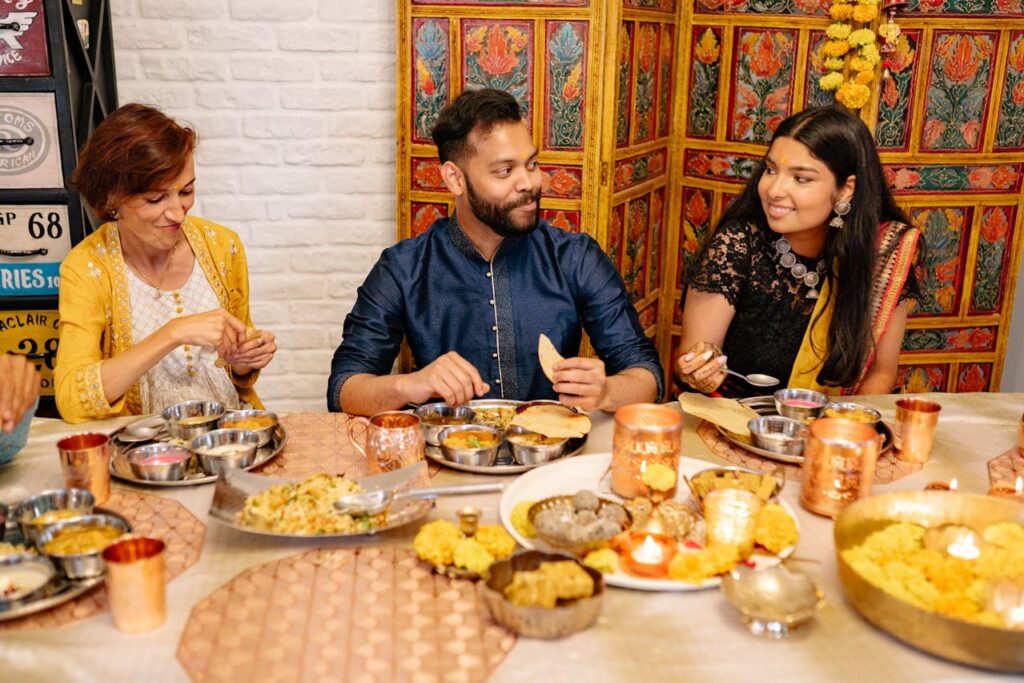
Reality: Indian cuisine is incredibly diverse, with a wide range of flavors and spice levels. While some dishes are spicy, many are mild and savory. Regional cuisines vary greatly, from the rich, creamy dishes of the North to the coconut-based curries of the South, and the vegetarian delights of Gujarat. There’s something to suit every palate in Indian cuisine.
Myth: All Middle Easterners Ride Camels

Reality: This outdated stereotype ignores the fact that most Middle Easterners live in modern cities and use cars, buses, and trains for transportation. Camels are primarily found in rural areas and are more of a cultural and historical symbol. Modern infrastructure and technology are prevalent throughout the Middle East.
Myth: All Japanese People are Workaholics

Reality: While Japan has a strong work ethic and a culture that values dedication and hard work, not all Japanese people are workaholics. Many prioritize work-life balance and enjoy hobbies, family time, and leisure activities. In recent years, there has been a growing movement in Japan to reduce work hours and promote a healthier lifestyle.
Myth: All British People Have Bad Teeth

Reality: This stereotype is largely outdated and exaggerated. The UK’s dental care has improved significantly, and many Britons have healthy teeth. The perception likely stems from cultural differences in cosmetic dentistry standards, but overall dental health in the UK is comparable to other developed countries.
Myth: All French People Are Rude
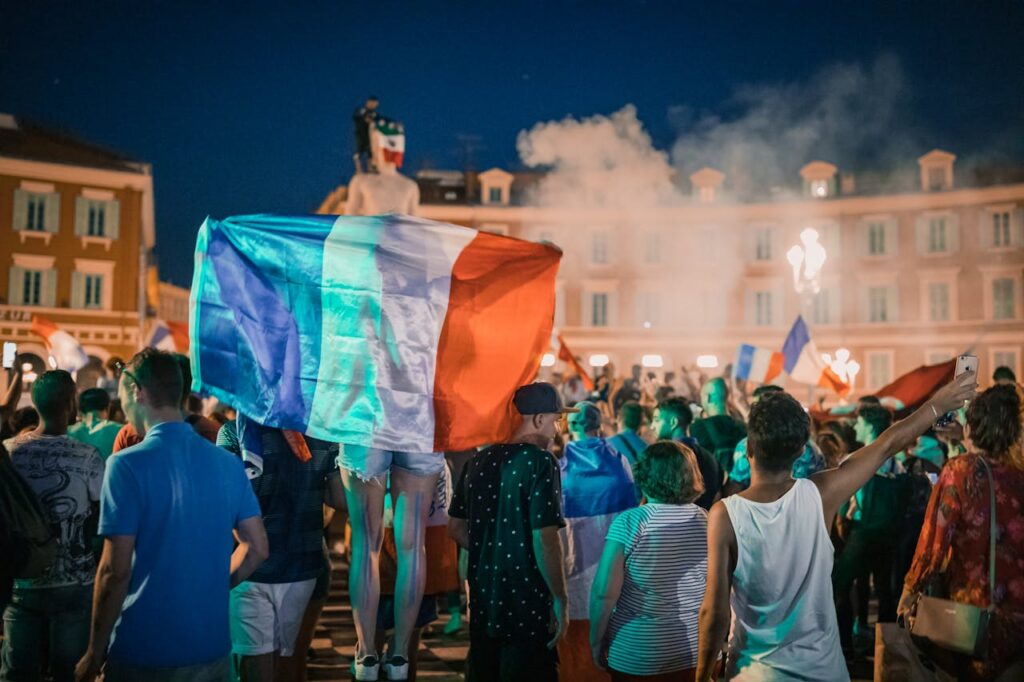
Reality: The stereotype of French rudeness often arises from cultural misunderstandings. French social norms emphasize formality and politeness in different ways than in other cultures. Most French people are courteous and welcoming, especially when approached with respect and an attempt to speak their language.
Myth: All Italians Eat Pasta Daily

Reality: While pasta is a staple of Italian cuisine, Italians enjoy a diverse diet that includes a variety of meats, seafood, vegetables, and grains. Regional specialties vary widely, from risottos in the north to fish dishes in the south. Italians value fresh, seasonal ingredients and a balanced diet.
Myth: All Germans Love Beer and Sausages

Reality: While beer and sausages are popular in Germany, the country offers a wide range of culinary delights. German cuisine includes various breads, cheeses, vegetables, and pastries. Additionally, Germany is home to many wine regions and diverse food cultures due to its immigrant populations.
Myth: All Scandinavians Are Tall and Blonde

Reality: Scandinavia, comprising Sweden, Norway, and Denmark, has diverse populations with varied appearances. While there is a higher prevalence of blonde hair and tall stature, many Scandinavians have dark hair and come from mixed ethnic backgrounds. The region’s diversity extends beyond physical traits to include cultural and social practices.
Myth: All Mexicans Love Spicy Food
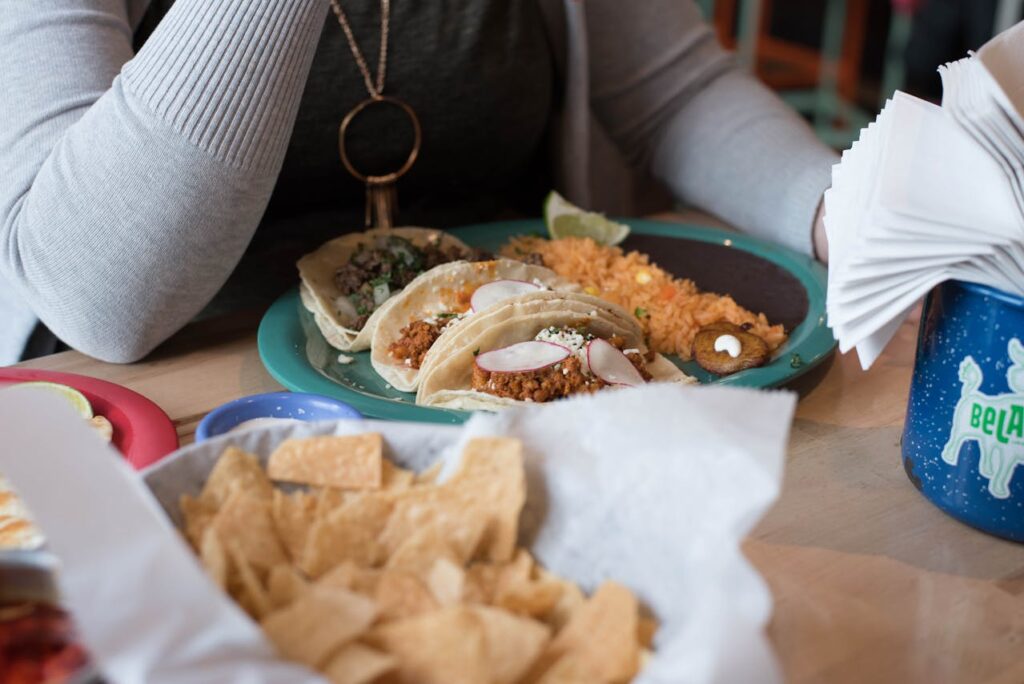
Reality: Mexican cuisine is known for its rich flavors, which can be spicy but are not always so. Many traditional dishes are mild, and the level of spiciness can often be adjusted. Mexican food also includes sweet, sour, and savory dishes, reflecting the country’s culinary diversity.
Myth: All South Americans Are Passionate About Soccer
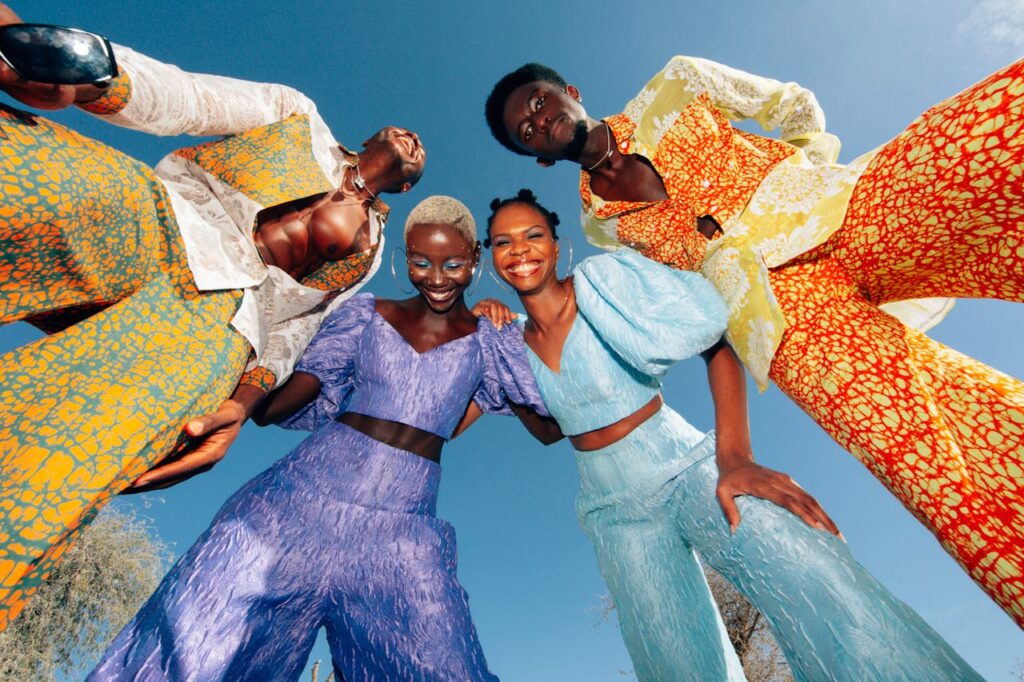
Reality: While soccer is incredibly popular in South America, not everyone is passionate about the sport. The continent is culturally diverse, with interests ranging from other sports to arts, music, and dance. South Americans also engage in various traditional activities and festivals that reflect their rich cultural heritage.
Myth: All Irish People Drink Guinness

Reality: Guinness is a famous Irish beer, but not all Irish people drink it. Ireland has a diverse drinking culture, with many enjoying other types of beer, whiskey, and non-alcoholic beverages. The stereotype overlooks the variety of preferences among the Irish population and their rich culinary traditions beyond just drinks.
This article originally appeared on UnifyCosmos.
More from UnifyCosmos
20 Common Cooking Errors That Could Ruin Your Dish

By avoiding these pitfalls, you can elevate your meals and enjoy better results in the kitchen. Let’s explore some common cooking errors you should stop making. Read more!
22 Budgeting Mistakes You Need to Stop Making

Understanding these errors can help you manage your money better and achieve your financial goals. Here are some common budgeting errors you should avoid. Read more!
20 Tips for Practicing Gratitude in Your Daily Life

Practicing gratitude can slow things down and help you focus on what truly matters. Try these tips to bring more gratitude into your everyday life. Read more!
Leave a Reply